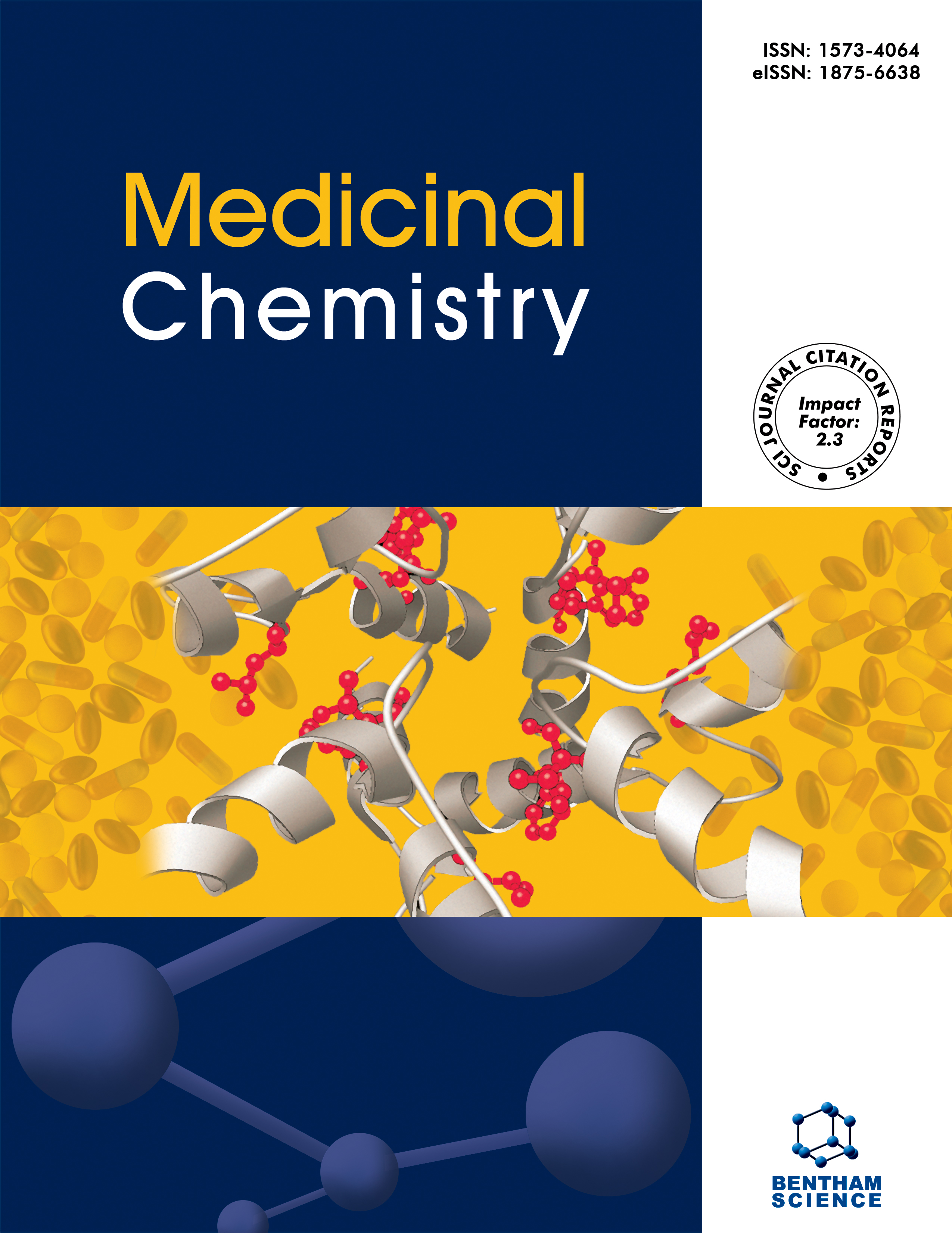
Full text loading...
We use cookies to track usage and preferences.I Understand

Myrica esculenta (Myricaceae) are common in the Indian Himalayas. Traditional medicine uses it to treat chronic bronchitis, inflammation, stomach ulcers, anaemia, diarrhoea, asthma, and ear, throat, and nose disorders. Its varied medicinal benefits are recognised in the ayurvedic pharmacopoeia.
Isolation of Bioactive Compounds from M. esculenta: Assessment of Antioxidant Activity and Molecular Docking Studies Targeting the H+K+-ATPase enzyme and H2 Receptor
The fruit of the Myrica esculenta plant was extracted. The total phenolic and total flavonoid content of the extract were determined. Following column chromatography, two phytoconstituents were identified by mass spectroscopy, FTIR, and NMR. The antioxidant activity of phytoconstituents was evaluated using the DPPH Scavenging Assay, Reactive Nitrogen Oxide Scavenging Assay, and Hydroxyl Free Radical Scavenging Assay. Then, molecular docking studies were performed against the H+K+-ATPase enzyme and H2 Receptor.
The research successfully extracted methanolic extract from M. esculenta by maceration, which yielded rich in flavonoids and phenolic content and isolated compounds using column chromatography, which was further characterized to be myricetin and catechin using Mass spectroscopy, FTIR, and NMR. The further evaluation of the antioxidant activity of compounds demonstrated significant activity with IC50 value indicating strong free radical scavenging activity. Molecular docking studies were performed against the H+K+-ATPase enzyme and H2 Receptor, revealing that both the compounds exhibit high binding affinity and favorable interactions with key sites.
The findings suggest that the isolated compounds myricetin and catechin possess potential antioxidant activity and could be a potential therapeutic target for the H+K+-ATPase enzyme and H2 Receptor.

Article metrics loading...

Full text loading...
References


Data & Media loading...